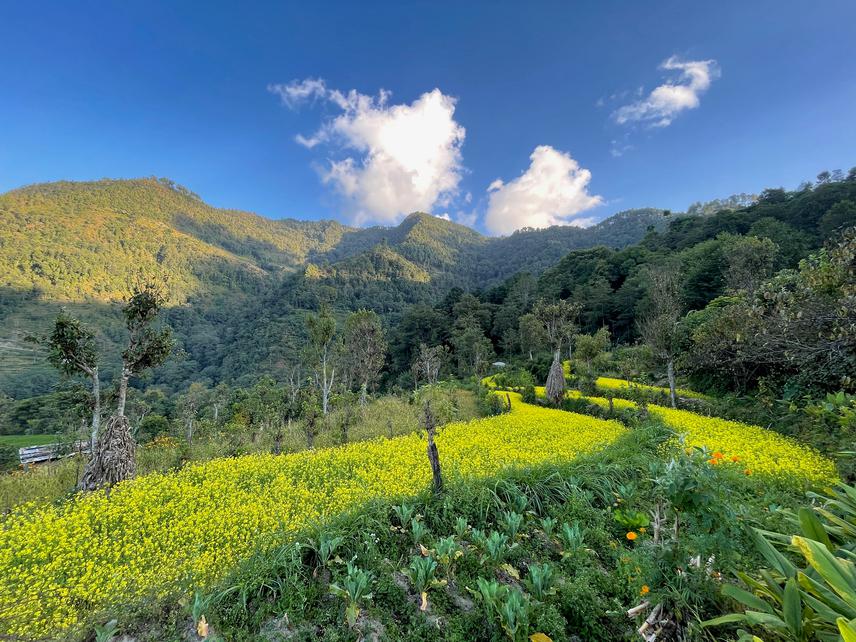Akash Verma
Other projects
18 May 2017
Firewood for Fuel: Monitoring the Impact of Tourism on Local Community Resources and Ecology of Himalayan High Altitude Meadows
Agriculture expansion has been a persistent driver of deforestation in the Himalayas. However, across the same landscape, extensive agricultural abandonment has resulted in concurrent forest recovery. These secondary forests are vital for conserving biodiversity, supporting livelihoods, and reducing extraction pressures on primary forests.
In Nepal, an estimated 23.9% of total cultivated farmland was abandoned between 2001-2010. Abandonment was driven by a complex interaction of socio-economic and geographical factors. Studies have investigated ‘why’ farmers in the Himalayas abandon agricultural land, but little is known about what happens to the land post abandonment.

Unfortunately, abandonment does not always result in colonization by native forest tree species. The land may get colonized by invasive species and regress into a novel degraded state. In the early stages of abandonment, appropriate land management may be required to kickstart the forest recovery process before succession can occur.
The management practices that transform ‘abandoned agricultural land’ to ‘forest’ remain unclear. Through my research, I aim to examine how land management practices in the Himalayas are shaping the regrowth vegetation on abandoned land. Furthermore, I aim to document the impact of agricultural abandonment on the local communities and develop science-based strategies to enhance the regrowth of native secondary forest.